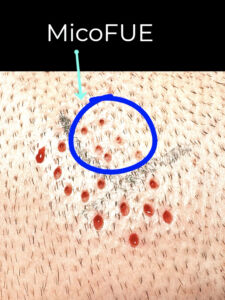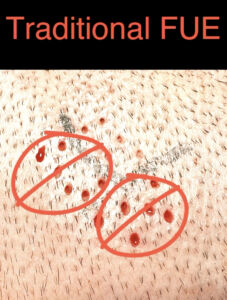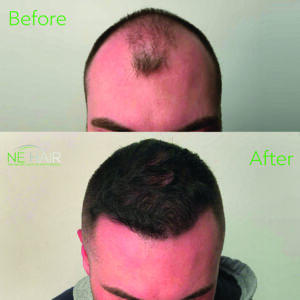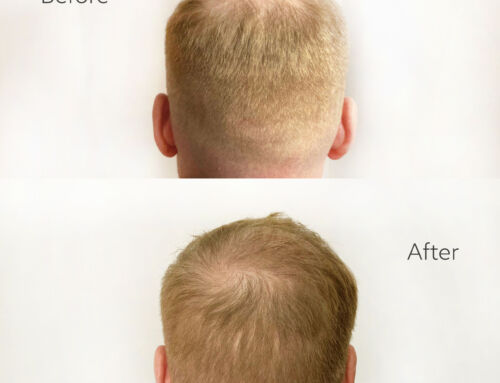In the ever-evolving landscape of hair restoration, individuals are presented with various options to combat hair loss. Two prominent techniques, Micro FUE (Follicular Unit Extraction) and Traditional FUE, vie for attention. However, the superior choice becomes apparent when considering the advantages of Micro FUE, especially its ability to deliver exceptional results with minimal visible scarring. In this comprehensive exploration, we dissect the differences between Micro FUE and Traditional FUE, highlighting why Micro FUE stands out as the preferred choice for those seeking a natural-looking outcome.


Micro FUE vs. Traditional FUE: The Battle of Techniques
1. Precision in Follicular Extraction:
- Micro FUE:
- Micro FUE involves the extraction of individual hair follicles using specialized punch tools with diameters ranging from 0.6 to 0.95 mm. This micro-level precision allows for the extraction of tiny grafts, minimizing trauma to the donor area. The result is a finely tuned, natural-looking outcome.
- Traditional FUE:
- Traditional FUE typically uses larger punch tools, leading to a higher risk of visible scarring and a potentially less natural appearance. The extraction of larger grafts may result in a greater impact on the donor site, making it more challenging to hide any potential scars.
2. Minimally Invasive Nature:
- Micro FUE:
- Micro FUE is celebrated for its minimally invasive nature. The micro-extraction process ensures less damage to surrounding tissues, reduced discomfort during and after the procedure, and a quicker recovery period. The absence of a linear scar in the donor area contributes to the overall appeal of Micro FUE.
- Traditional FUE:
- While FUE, in general, is considered less invasive than traditional hair transplant methods, the size of the punch tools used in Traditional FUE can contribute to a longer recovery period and potentially more noticeable scarring in the donor area.
3. Customization for Natural Results:
- Micro FUE:
- Micro FUE’s precision allows for the extraction of grafts with varying sizes, replicating the natural density and distribution of hair. This customization ensures that the transplanted hair seamlessly integrates with the patient’s existing hair, providing a harmonious and undetectable outcome.
- Traditional FUE:
- The limitations in precision associated with larger punch tools in Traditional FUE may result in a less nuanced approach to hairline design and density distribution. This can potentially lead to a less natural-looking outcome compared to Micro FUE.
4. Visibility of Scarring:
- Micro FUE:
- One of the key advantages of Micro FUE is the minimal visible scarring it leaves in the donor area. The tiny puncture wounds from individual follicular unit extractions are virtually undetectable, allowing patients the flexibility to wear shorter hairstyles without concern about visible scars.
- Traditional FUE:
- Traditional FUE, especially when using larger punch tools, may result in more noticeable scarring in the donor area. While it is generally less visible than the linear scar associated with traditional methods, the potential for visible scarring remains a consideration.
The Superiority of Micro FUE with Minimal Visible Scarring
In the battle between Micro FUE and Traditional FUE, Micro FUE emerges as the superior choice for those prioritizing minimal visible scarring and a natural-looking outcome. The precision in follicular extraction, coupled with the minimally invasive nature of Micro FUE, makes it a frontrunner in the realm of hair restoration.
For those seeking detailed assessments and personalized consultations on Micro FUE hair transplant costs, reaching out to New England Center for Hair Restoration at 1-800-313-4247 is a step towards understanding pricing factors and making informed decisions about their unique hair restoration journey. Choose the superior option that not only restores hair but does so with the finesse and minimal visibility offered by Micro FUE.

References:
Minimizing injury to the donor area in follicular unit extraction (FUE) harvesting
Georgios Zontos MD, BSc, MS, PhD, Ken L. Williams Jr DO, George Nikiforidis PhD
First published: 24 August 2016 https://doi.org/10.1111/jocd.12267






